Bryan Meador
Kingston-based Bryan Meador is an artist, designer, and founder of the sustainability-focused design firm Plant Seads.
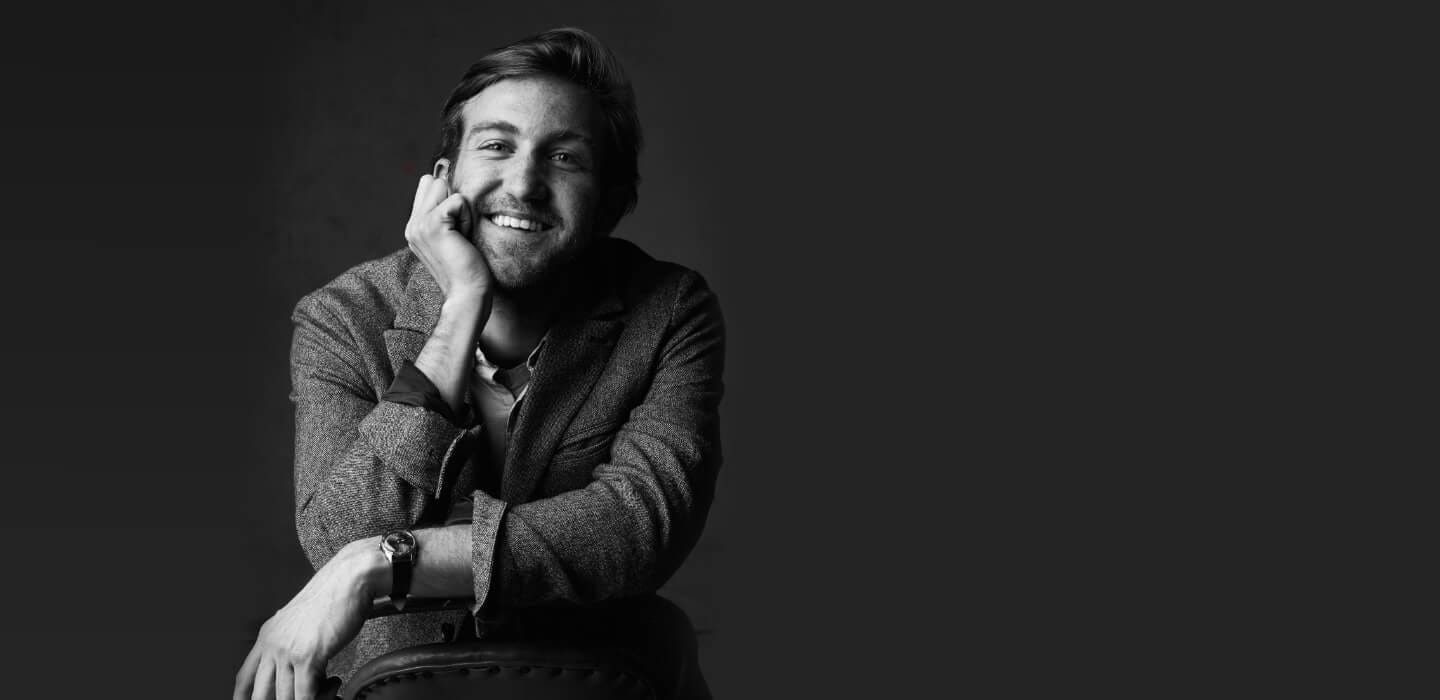
Hello! Who are you? Tell us about yourself. What are you passionate about? What do you enjoy doing?
Hi! I’m Bryan. I’m an artist, designer and Founder of Plant Seads, a design firm based in Kingston, NY. I’m passionate about the environment, design, and giving people ways to make their lives a little more green right now. I see enormous potential in designing products that take advantage of existing infrastructure by augmenting it in a way that weaves together ecology and urban living. That’s the core of what we’re doing, and it’s reflected in our name: “Seads” is an acronym that stands for Sustainable Ecology, Adaptive Design.
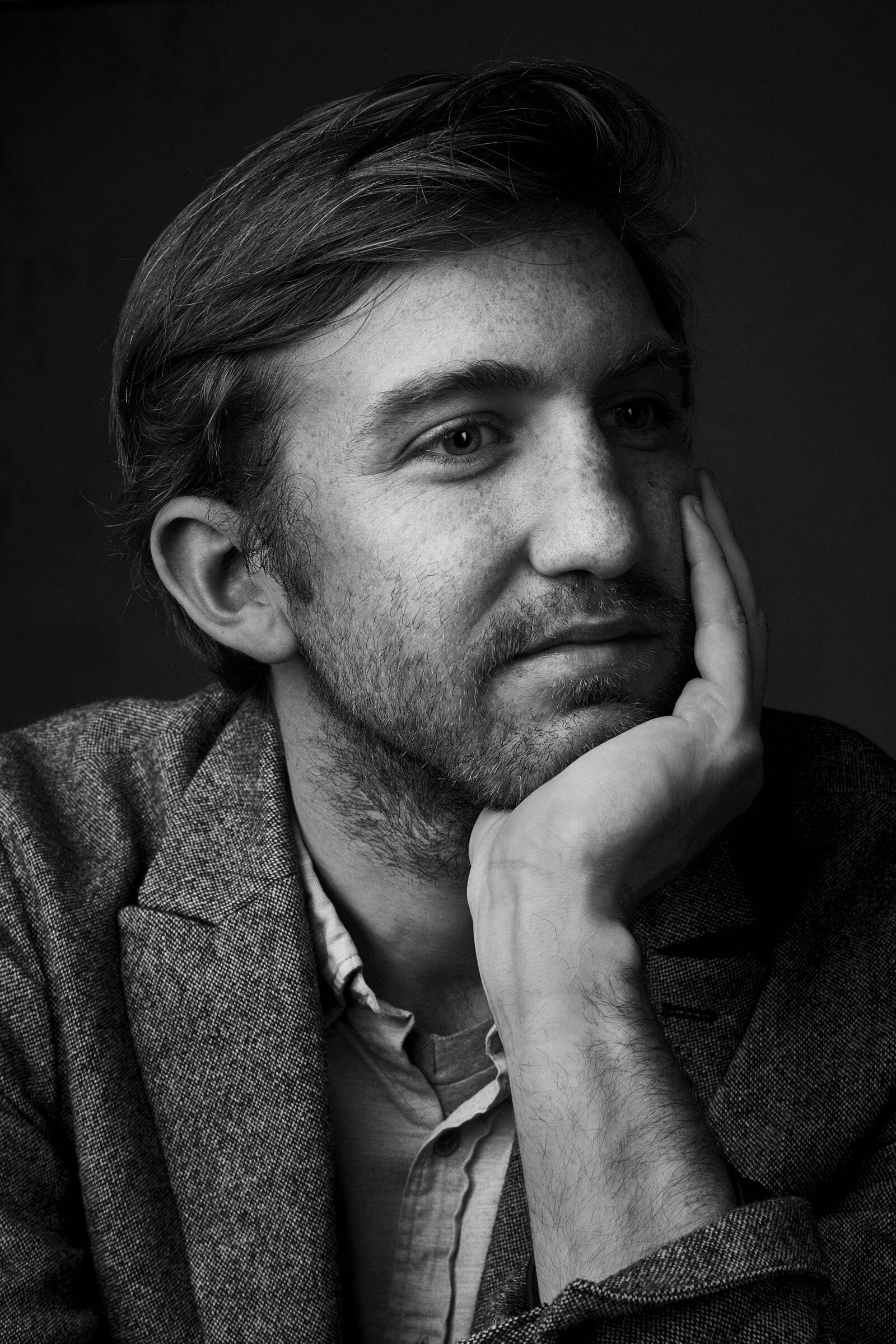
Despite the daily avalanche of bad news, I’m optimistic about the future. I’m a firm believer that we have to create the future we want — so rather than wait for a wave of city-scale eco-friendly environmental design to happen, I’m designing products from sustainable materials that enable people to start transforming our built environment right now.
The first of these projects is a planter that I’ve designed to fit into chain link fencing, transforming fences into vertical gardens. These planters, which I call SeadPods, are manufactured right here in the Hudson Valley from recycled milk jugs and will be available later this year.

By converting fences and other vertical spaces into gardens, we’re able to make progress on a few important environmental fronts all at once. Vertical gardens absorb excess rainwater, keeping our waterways healthier and less congested during storms. They clean the air of particulate matter and CO2 while releasing oxygen, and they absorb excess sound, making our cities more livable. All while cleaning our environment of single use plastic that would otherwise pollute our communities.
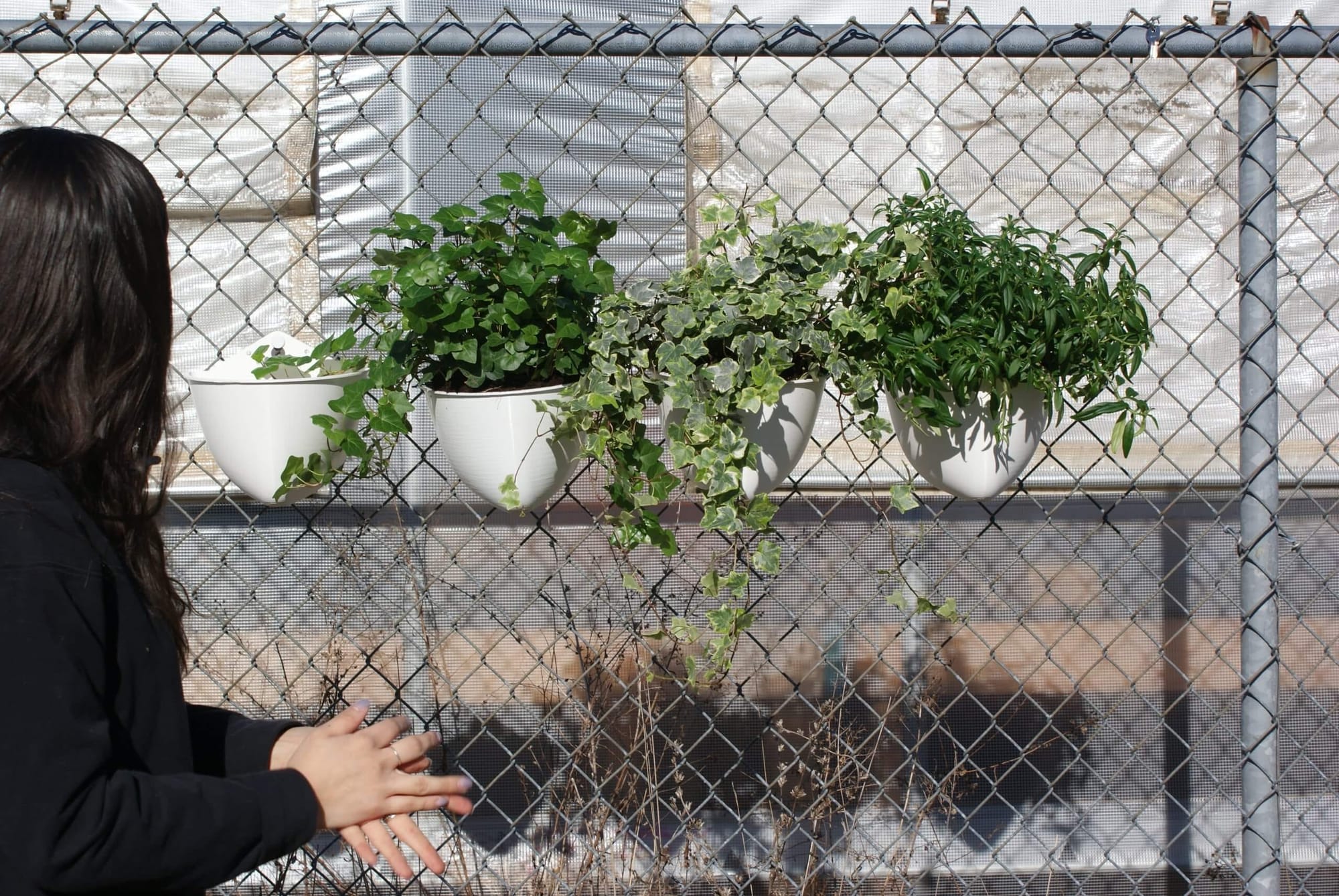
How did you discover the Hudson Valley?
I’m originally from Oklahoma and came to New York when I enrolled at Parsons School of Design in NYC. I lived and worked in the city for almost 10 years, but found myself yearning for a more natural environment, so I began spending weekends in the Hudson Valley. After a while, I couldn’t bear the idea of leaving to head back to the city on Sunday nights, so I moved upstate and haven’t looked back since.
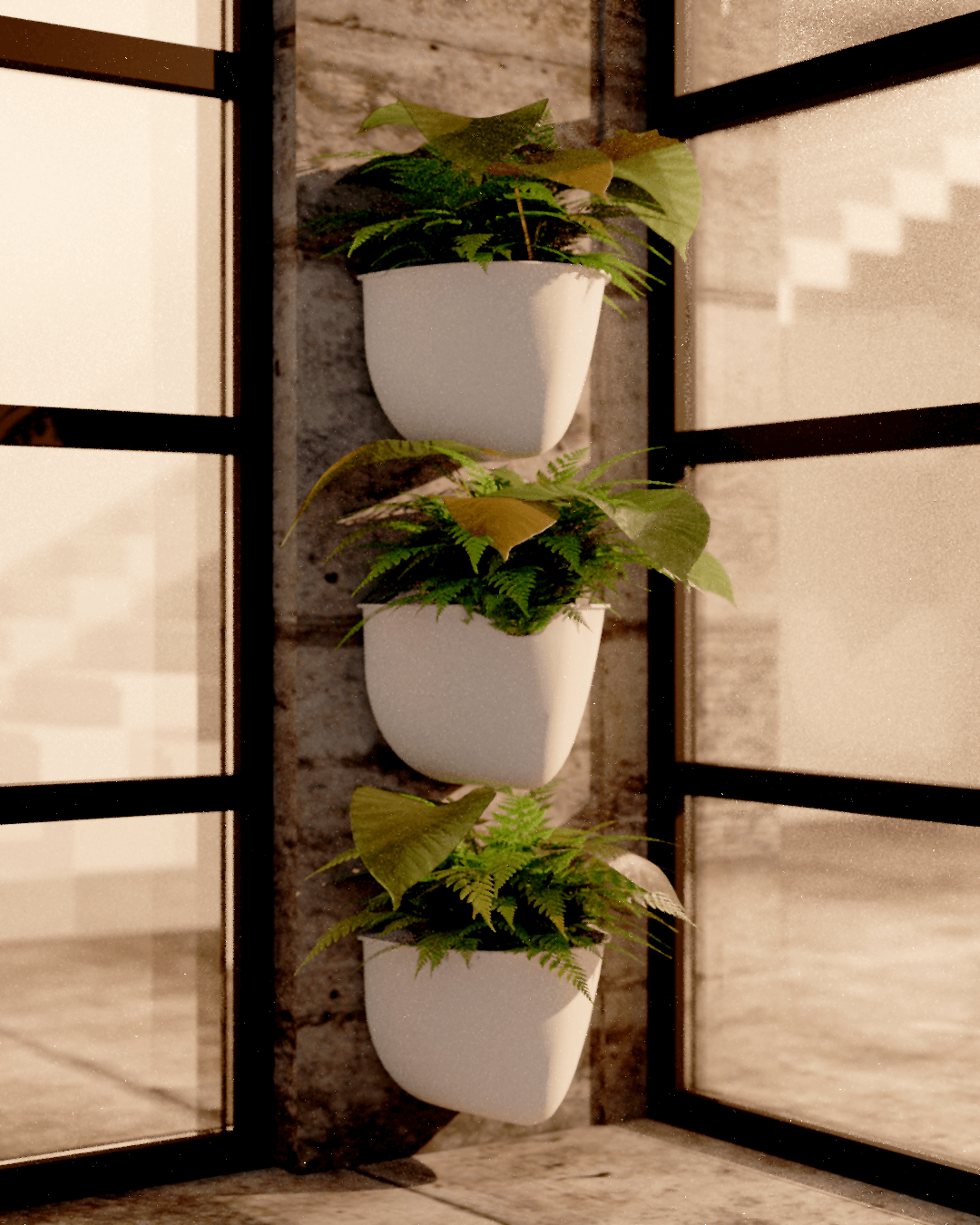
Walk us through a typical day.
I wake up fairly early each day and start things off with a solo walk along the Hudson River. This ritual keeps me grounded in the natural world and is constantly inspiring new ideas and solutions. Watching Mother Nature grow and adapt from one season to another, watching the tide come in and out, seeing the birds soar above the water it puts me in a frame of mind that I really treasure and helps me throughout the day. I’ll generally get down to business by 9 and I’m working through the day until 5 or so, punctuated by meals and shorter walks to help me stay fresh.
Do you have a go-to coffee or beer order, and from where?
A hot black coffee from Rough Draft is like literal jet fuel for me. I love the stuff, and to sit down with a cup and get busy in their space is one of the things I look forward to most after this quarantine is over.
Where do you do your best creative work?
While I love to work in coffee shops and cafés, I do my best work at home. When I’m in the zone I can really delve into a problem for hours until it’s really solved, and the solitude and quiet of home is perfect for that kind of deep dive.

How has the Hudson Valley influenced or impacted your creative work?
Being surrounded by nature is hugely inspiring, and fuels my creativity daily, so that’s a huge benefit of living and working in the Hudson Valley. It’s also amazing to be close to a major metropolitan area, but not within it. Having access to all the resources and communities of a large city but the comfort and open spaces of the country. We have several huge projects coming together for our launch this year in which we’ve been able to partner with some great urban renewal and urban agriculture based organizations in NYC. It’s easy to run in for a quick meeting or to deliver products when we’re just an hour or two away.
What’s surprised you most about living and working in the Hudson Valley?
The amount of resources available and the willingness of people to help has been mind-blowing. For example, we have worked extensively with the Hudson Valley Additive Manufacturing Center at SUNY New Paltz during our prototyping process. Dan Freedman and his team over there are incredibly knowledgeable and have some of the most advanced additive manufacturing equipment on the east coast. Having access to this technology enabled us to develop a product quickly by using rapid prototyping and an iterative design process that helps us learn fast and keep our process lean and agile.
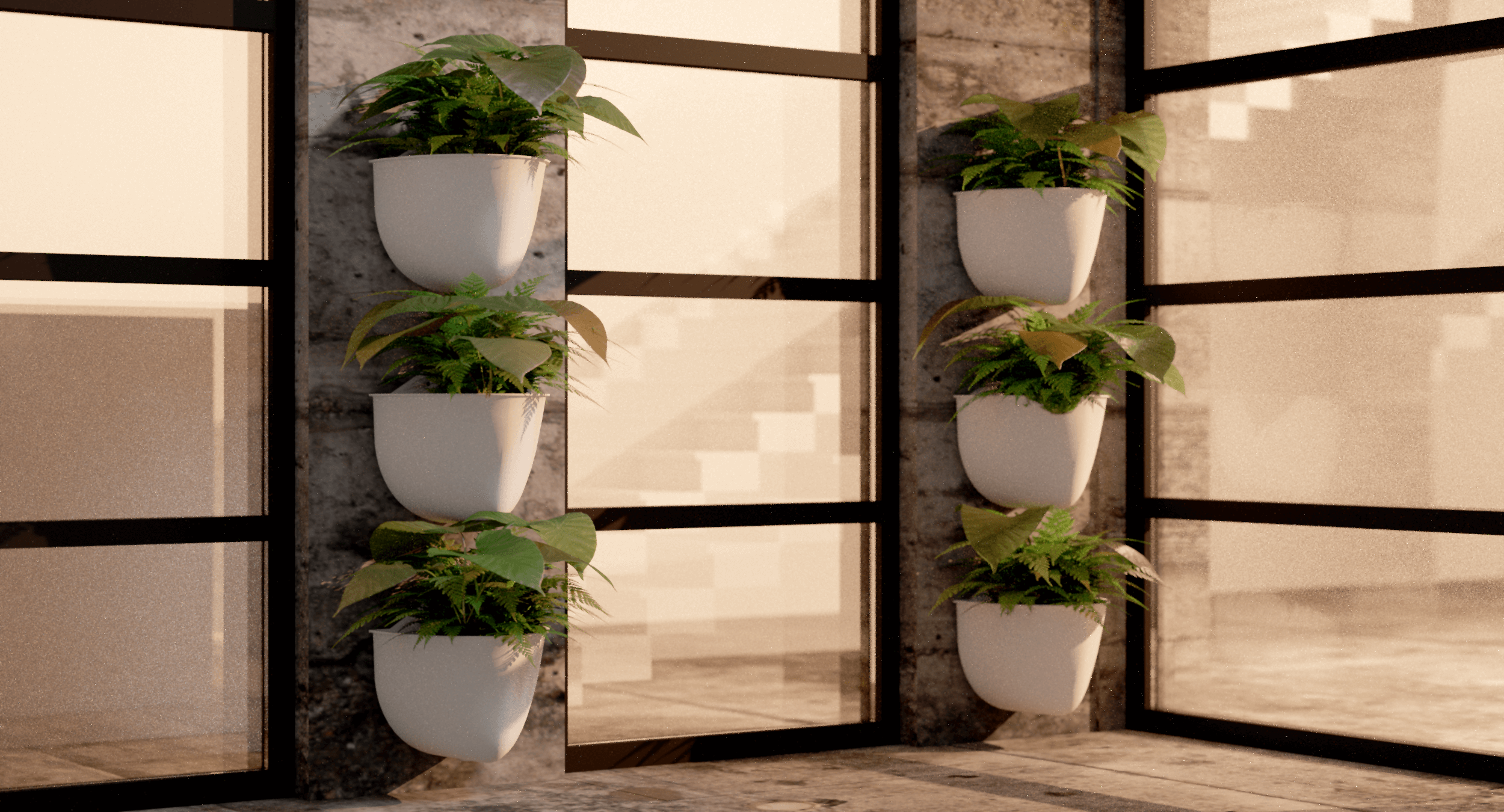
What’s been challenging about doing your work here?
Winters can be long and bleak in the Hudson Valley, but they also offer a moment of pause and deep reflection that can be really helpful, especially for someone like me who likes to move fast.
What do you hope to see for the Hudson Valley in the next five years?
I’d love to see more eco-minded companies starting up in the area. There’s a built-in community here that’s hungry for this kind of design and I see enormous potential for big change to happen in this area. Future-oriented groups of young people getting together to make cool stuff happen have all the resources they need in the Hudson Valley, and its natural beauty cannot be beat.

Are you part of any local groups or communities you’d like to mention?
The Kingston YMCA Farm Project is doing amazing work. KayCee Wimbish runs this project and is a real rockstar. She’s doing an incredible job of teaching kids about gardening and ecology right in the heart of Kingston. It’s urban/agricultural projects like this that I think will bring us towards a brighter future and I’m excited to do an installation of SeadPods with them later this year.
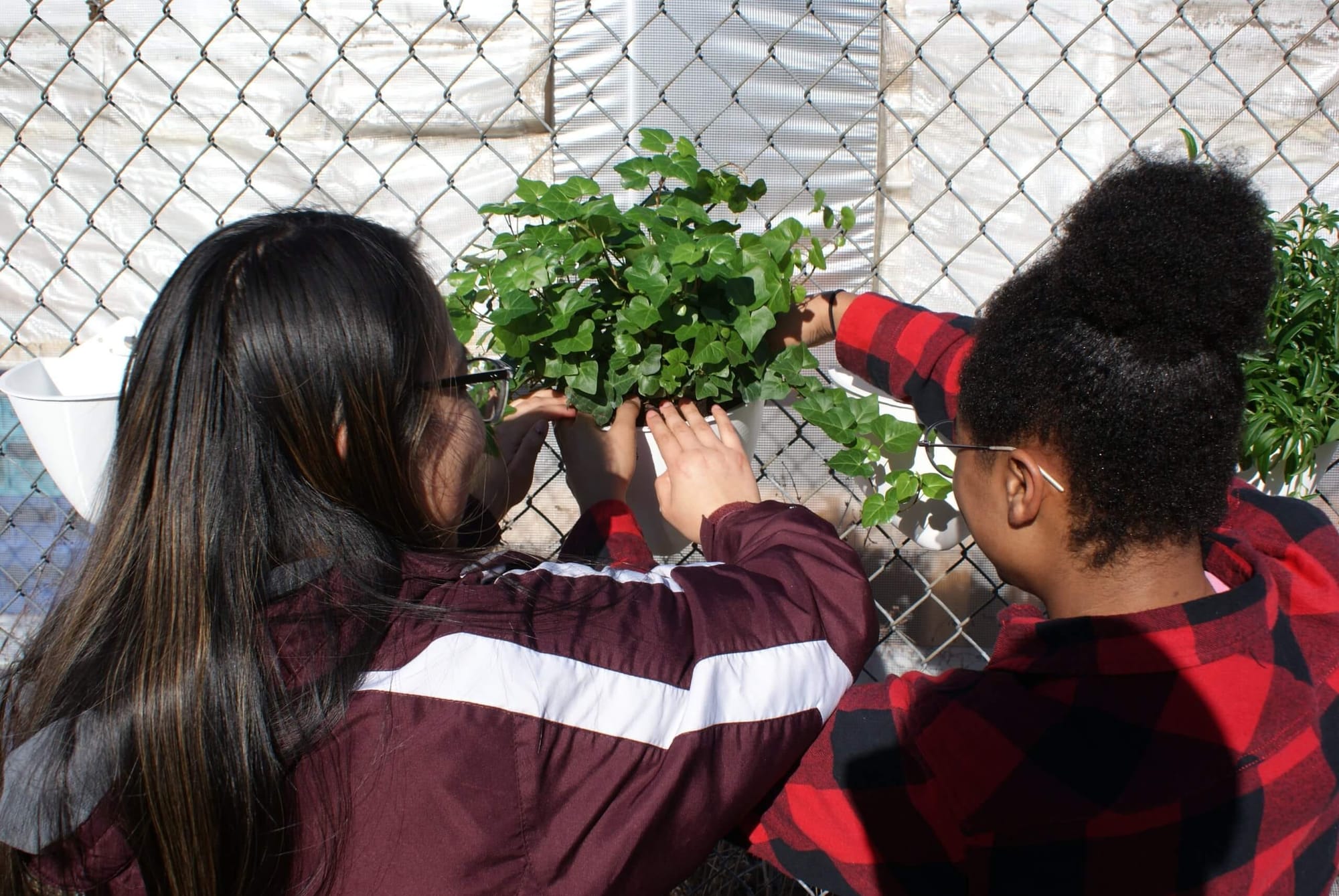
Anything you want to plug or promote?
Pictures courtesy of Plant Seads. Outdoor photos taken at the Kingston YMCA Farm Project. Portraits by Justin Bettman.
